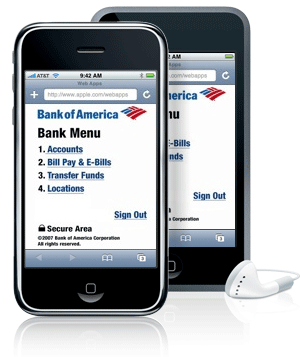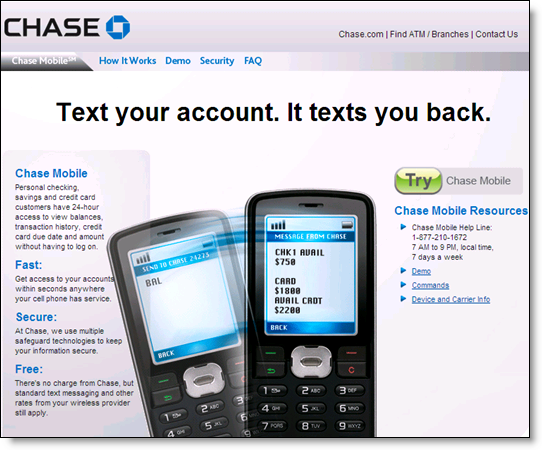 Our second annual financial innovations conference, Finovate 2008: Experience the Future of Finance, will take place Oct. 14 in mid-town Manhattan. Like the sold-out event last year, 20 innovative financial tech companies will demonstrate their latest products and technologies. Each company exec has seven minutes in front of the audience, and is then available at a dedicated demo station for 90+ minutes of one-on-one discussions.
Our second annual financial innovations conference, Finovate 2008: Experience the Future of Finance, will take place Oct. 14 in mid-town Manhattan. Like the sold-out event last year, 20 innovative financial tech companies will demonstrate their latest products and technologies. Each company exec has seven minutes in front of the audience, and is then available at a dedicated demo station for 90+ minutes of one-on-one discussions.
While we won’t be releasing presenter names for some time, you can get a taste of the content by reviewing our blog coverage (here) and videos from Finovate 2007 (here). Last year, the audience selected Mint, Mortgage Marvel from Mortgagebot, and Prosper as Best of Show. For the entire list of 2007 presenters, see our blog post here.
Nomination process for presenters
Presenter slots are by invitation only. But since we don’t (yet) know every cool financial services company on the planet, we’re also taking nominations (yes, you can nominate yourself). The two main selection criteria are simple. The product/service/technology must be:
- highly innovative
- related to financial services (either direct-to-consumer, or delivered through financial services companies)
If you are interested, tell us how you will impress an audience of banking execs, reporters from the major dailies, top industry analysts and bloggers, VCs and a variety of “new product folks” from major tech companies. Please contact my colleague and conference director Eric Mattson <[email protected]> for more information on becoming a presenter.
Attendees, save $350 by registering before May 31
The super-early-bird price ends in three days. So take a moment to lock in your $350 savings on Finovate admission (price = $745). We have a liberal cancellation policy (note 1) if your plans change, so register here before prices go up.
Press, analysts, and bloggers
Subject to space limitations in NYC, we are again inviting press and industry analysts and bloggers to attend at no cost. So get your press requests in early. Contact OBR/Netbanker editor Jim Bruene <[email protected]> to request a press pass. For bloggers, please detail your reach in the financial and/or tech industries.
Note:
1. Cancellation policy: At any time prior to the day of the show, you may transfer your ticket to someone else or roll it over to a 2009 Finovate event. Alternatively, you may elect to receive a refund of the full amount through the end of July; 75% through Aug. 31; 50% through Sept. 30; and 25% up until two days before the event, in this case, by midnight PST Oct. 11.

 ” width=”539″ height=”378″>
” width=”539″ height=”378″>










 In its latest quarterly financial results (
In its latest quarterly financial results (


